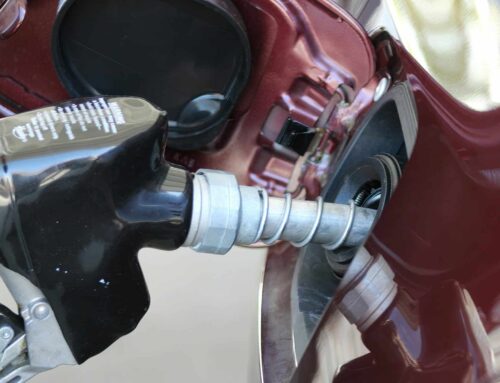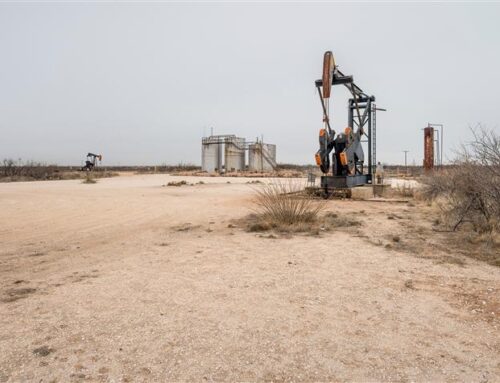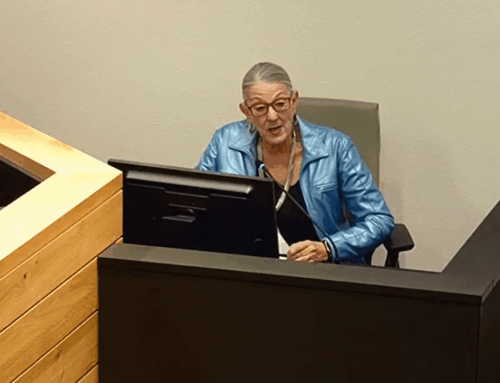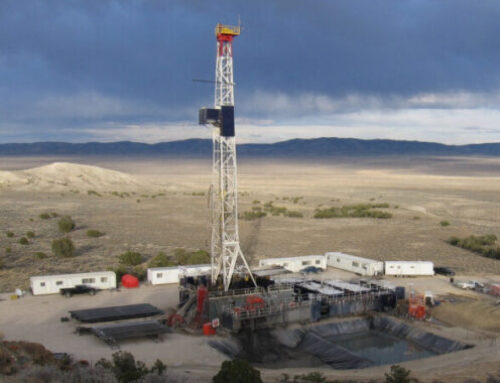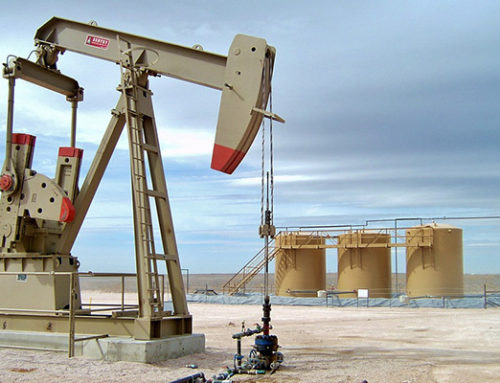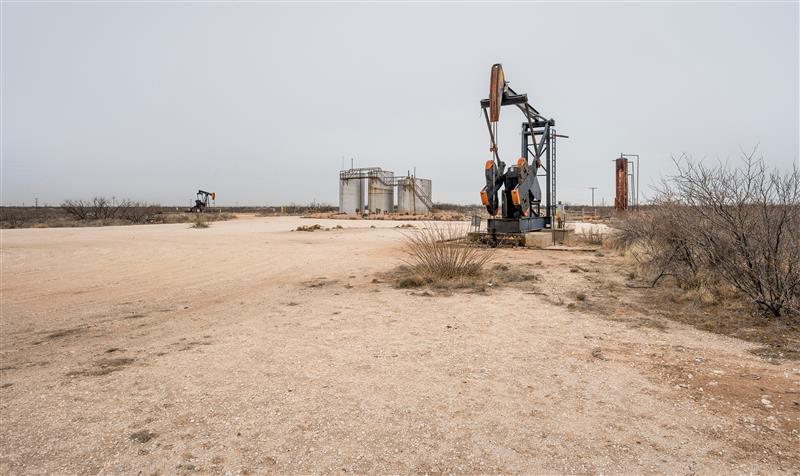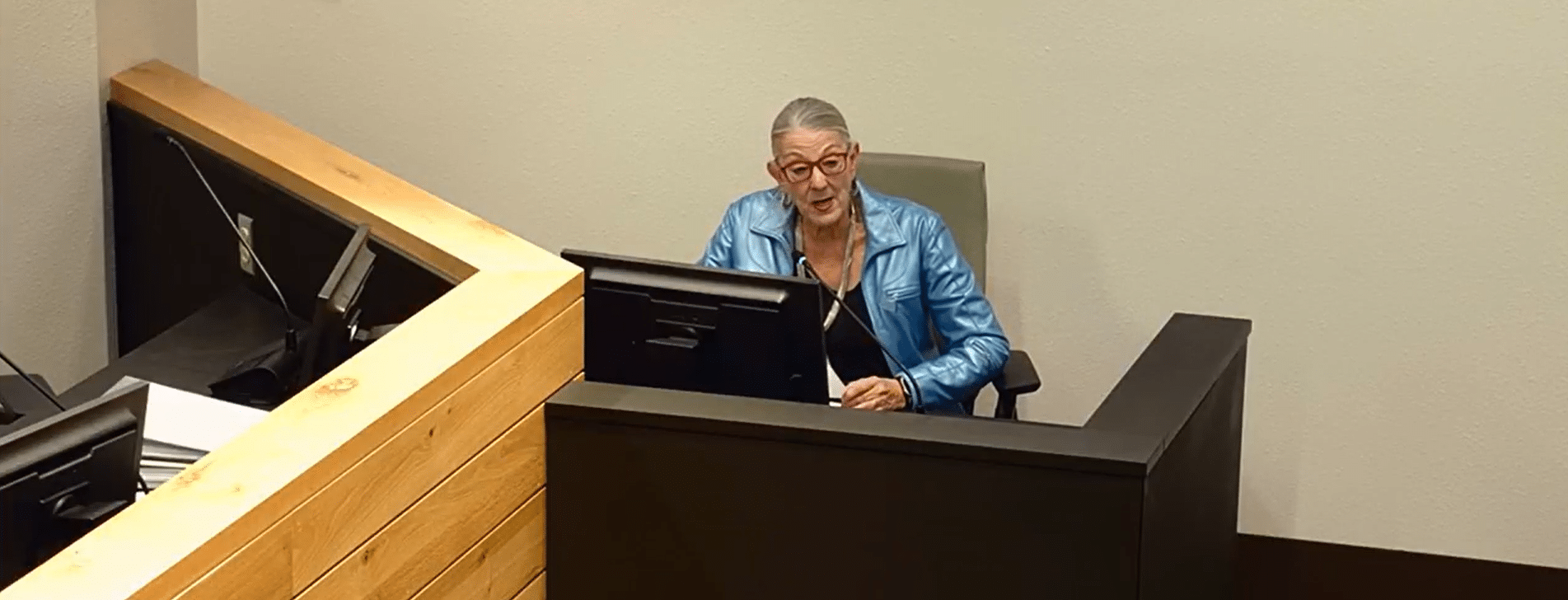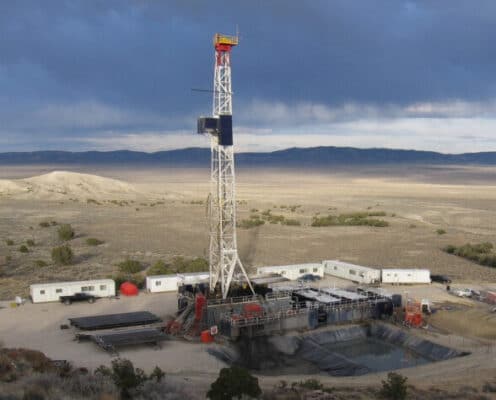Methane floating away from Utah’s natural gas production facilities not only contributes to climate change and poor air quality, it also hurts the state’s economy.
That’s the takeaway from a new report commissioned by Taxpayers for Common Sense, a D.C.-based nonpartisan watchdog, and the Environmental Defense Fund, a national advocacy group. They hope the report, compiled by Synapse Energy Economics, will expand the argument for clamping down on rogue emissions.
The report found that Utah is losing $48 million worth of natural gas each year because of leaking, venting and flaring at gas production sites. It estimates the amount lost in one year would be enough to supply 26,300 households — roughly 20% of Utah’s residential gas customers.
Just because the escaping gas is invisible doesn’t mean it’s not a giant red flag, said Ashley Miller, executive director for advocacy group Breathe Utah.
“If you had natural gas leaking in your home, you would do something about it immediately,” Miller said. “It’s really similar just on a much larger scale.”
All those extra emissions can have an especially weighty impact on climate change, since methane is a greenhouse gas 80 times more potent than carbon dioxide. The report also shows how other elements of the leaked gas could contribute to dangerous ozone levels and pose a risk for people with asthma.
However, the particular focus is on the economic reasons why Utah should address this issue.
For instance, the report estimates that Utah missed out on $6.7 million in lost tax and royalty revenue because of gas waste in 2019.
“If it were visible to the naked eye, I think people would be freaking out because it’s just literally billowing out of these well sites every day 24/7,” said Taxpayers for Common Sense director of campaigns Mike Surrusco.
It’s an industrywide problem. Surrusco said Utah ranks fourth in the nation for the highest amount of gas waste according to his group’s research. The state of Utah has nearly 12,000 active oil and gas wells — mostly in the eastern half of the state — and the report estimates the escaping gas adds up to 16 billion cubic feet per year.
Rogue methane has a double whammy effect on taxpayers, Surrusco said. It costs them now in the form of lost revenue and again later when the government has to respond to future climate-change disasters fueled by greenhouse gasses.
“We’re losing money and we’re wasting a resource, while at the same time in doing that, we’re increasing the costs the taxpayers will incur down the road as a consequence of intensified wildfire, flooding [and] drought,” he said.
Environmental Defense Fund regulatory and legislative manager Nini Gu said the report’s findings show the issue of methane waste isn’t just about environmental and public health.
“Those harms exist and they’re very real,” Gu said. “But even if you don’t care about that, you should care about the fact that this natural resource, which belongs to the people — they’re not getting it. And the money that could go into Utah communities, they’re not getting that.”
The technology for fixing leaks — which the report says accounts for 87% of methane waste in Utah — is widely available, Gu said, and companies should have an inherent incentive to capture the gas and sell it rather than letting it float away.
Stronger federal and state rules, she said, could curb flaring that’s done on a routine basis rather than for releasing emergency pressure and also make sure Utah’s gas sites are getting consistent attention and enforcement.
“Just ensuring that these inspections happen at all well sites on a regular interval and that operators are actually doing them, will go a long way to reducing the amount of natural gas waste from leaks,” Gu said.
New methane regulations from the Environmental Protection Agency expected later this year should be a big step, she said, and will provide targets for states to hit in their future methane emissions reductions. At that point, states will have the chance to create and submit their own plans for how they propose to get that done. Having those state and federal guardrails, she said, could also level the playing field for gas companies that are working to reduce their emissions voluntarily.
The Utah Department of Natural Resources and Utah Petroleum Association didn’t respond in time for publication to offer their perspectives on the report or any steps they’re taking to limit emissions.
Miller of Breathe Utah said that even when the new EPA methane rules go into place, it won’t mean the work to clean up Utah’s air from fossil fuel pollution will be done. But she’s hopeful that Utah will be able to figure out a path to cutting these emissions in a meaningful way.
“Utahns really love this idea of being good stewards of our natural environment,” Miller said. “If any state can do something that everybody can kind of come to the table on and build consensus, I think it is Utah.”

